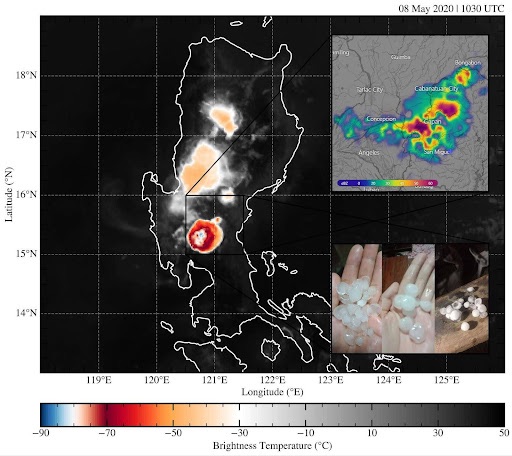(Photo by Md Mahabub Alam on Unsplash)
MANILA, PHILIPPINES [TAC] – May 2025 ranked as the second-warmest May on record globally, with an average surface air temperature of 15.79°C, according to data from the ERA5 dataset by the Copernicus Climate Change Service.
This is 0.53°C above the 1991–2020 average, and only 0.12°C cooler than the record-breaking May of 2024. Despite the dip, the month remained 1.40°C above pre-industrial levels (1850–1900), momentarily interrupting a nearly two-year stretch of months where global temperatures exceeded the critical 1.5°C threshold.
Over the 12-month period from June 2024 to May 2025, the global average temperature was 1.57°C above pre-industrial levels, further underscoring long-term warming trend.
“May 2025 breaks an unprecedentedly long sequence of months over 1.5ºC above pre-industrial. Whilst this may offer a brief respite for the planet, we do expect the 1.5ºC threshold to be exceeded again due to the continued warming of the climate system,” said Carlo Buontempo, director of Copernicus Climate Change Service.
Copernicus is the Earth observation programme of the European Union, providing open-access environmental data for public, scientific, and policy use
While Europe and India experienced a cooler-than-average May, the Middle East and parts of western Asia saw significantly above-average temperatures.
Meanwhile, sea surface temperatures remained elevated across most global oceans. The temperature reached 20.79°C in May – the second-highest for the month, only 0.14°C below the 2024 record.
A particularly intense marine heatwave developed in the northeastern North Atlantic, while the Mediterranean Sea also remained significantly warmer than average.
May also brought widespread dryness across northern and central Europe. Globally, dry conditions persisted across much of North America, southern Africa, South America, central Asia, and southern Australia.
In the Arctic, sea ice extent in May was 2% below average, marking the ninth-lowest level in the 47-year satellite record. In the Southern Hemisphere, Antarctic sea ice was 9% below average, the fifth-lowest on record for the month.











